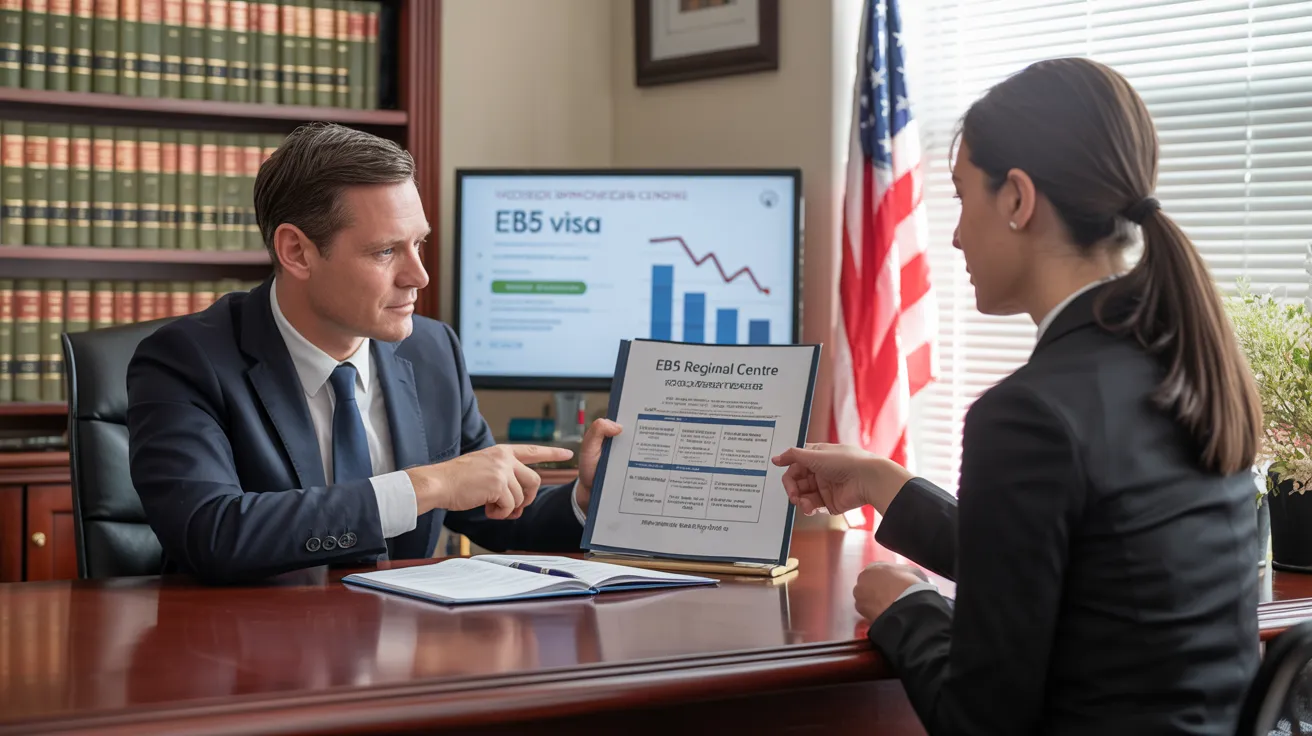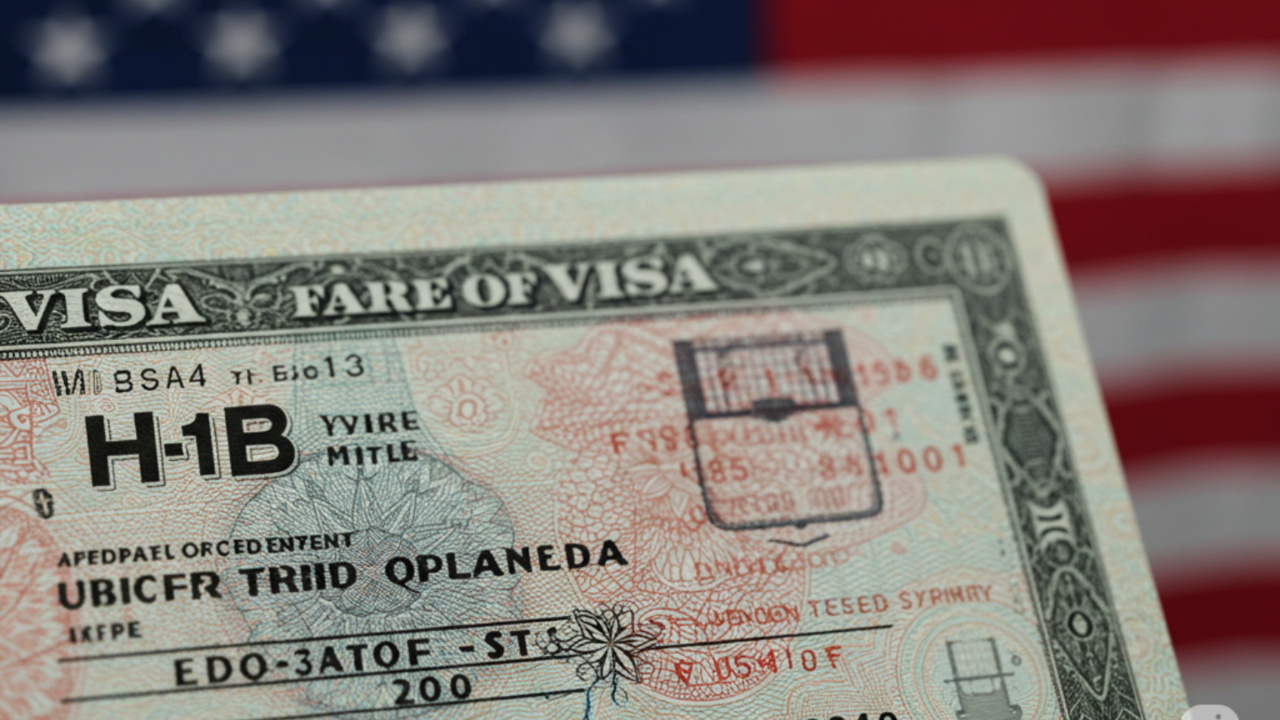8 Easy Facts About L1 Visa Explained
Table of ContentsL1 Visa Things To Know Before You BuySome Of L1 VisaThe L1 Visa StatementsEverything about L1 VisaL1 Visa Things To Know Before You Get ThisL1 Visa Can Be Fun For Anyone
Available from ProQuest Dissertations & Theses Global; Social Science Costs Collection. (2074816399). (PDF). Congress. (PDF). DHS Office of the Assessor General. (PDF). (PDF). "Nonimmigrant Visa Stats". Fetched 2023-03-26. Division of Homeland Safety And Security Workplace of the Examiner General, "Review of Susceptabilities and Possible Misuses of the L-1 Visa Program," "A Mainframe-Size Visa Loophole".
United State Division of State. Obtained 22 August 2016. "Workers paid $1.21 an hour to mount Fremont technology company's computers". The Mercury News. 2014-10-22. Obtained 2023-02-08. Costa, Daniel (November 11, 2014). "Little-known temporary visas for international tech workers depress salaries". The Hillside. Tamen, Joan Fleischer (August 10, 2013). "Visa Holders Change Employees".
Our L1 Visa Ideas
In order to be eligible for the L-1 visa, the foreign business abroad where the Recipient was utilized and the U.S. firm have to have a qualifying relationship at the time of the transfer. The different types of qualifying connections are: 1.
Instance 1: Company A is incorporated in France and utilizes the Beneficiary. Firm B is integrated in the U.S. and intends to request the Recipient. Company An owns 100% of the shares of Business B.Company A is the Parent and Business B is a subsidiary. There is a qualifying partnership between the 2 firms and Business B should be able to sponsor the Recipient.
Firm An owns 40% of Company B. The remaining 60% is owned and managed by Company C, which has no relationship to Firm A.Since Company A and B do not have a parent-subsidiary relationship, Business A can not sponsor the Recipient for L-1.
Company An owns 40% of Business B. The remaining 60% is had by Company C, which has no connection to Firm A. Nevertheless, Business A, by formal agreement, controls and complete manages Company B.Since Firm A possesses less than 50% of Company B however manages and regulates the firm, there is a certifying parent-subsidiary partnership and Company A can fund the Recipient for L-1.
Facts About L1 Visa Revealed
Affiliate: An associate is 1 of 2 subsidiaries thar are both owned and controlled by the very same parent or person, or had and controlled by the same team of individuals, in essentially the very same ratios. a. Example 1: Company A is included in Ghana and utilizes the Beneficiary. Business B is integrated in the U.S.
Business C, additionally included in Ghana, has 100% of Firm A and 100% of Business B.Therefore, Business A and Company B are "affiliates" or sister firms and a certifying partnership exists between both companies. Business B must have the ability to sponsor L1 Visa process the Recipient. b. Instance 2: learn more Business A is included in the U.S.
Firm A is 60% owned by Mrs. Smith, 20% owned by Mr. Doe, and 20% possessed by Ms. Brown. Business B is integrated in Colombia and presently utilizes the Beneficiary. Company B is 65% had by Mrs. Smith, 15% possessed by Mr. Doe, and 20% possessed by Ms. Brown. Company A and Business B are affiliates and have a certifying connection in two various ways: Mrs.
The L-1 visa is an employment-based visa group developed by Congress in 1970, allowing international business to transfer their managers, executives, or key personnel to their united state operations. It is typically referred to as the intracompany transferee visa. There are 2 major sorts of L-1 visas: L-1A and L-1B. These types appropriate for staff members worked with in various settings within a company.

In addition, the beneficiary must have operated in a managerial, executive, or specialized staff member setting for one year within the 3 years preceding the L-1A application in the international company. For brand-new office applications, foreign work needs to have been in a managerial or executive capability if the recipient is coming to the United States to work as a manager or exec.
Not known Details About L1 Visa

If granted for a united state business operational for greater than one year, the initial L-1B visa is for as much as three years and can be expanded for an additional 2 years (L1 Visa). Conversely, if the united state company is recently established or has been functional for less than one year, the first L-1B visa is issued for one year, with extensions offered in two-year increments
The L-1 visa is an employment-based visa category established by Congress in 1970, permitting international companies to transfer their supervisors, executives, or key personnel to their U.S. operations. It is frequently referred to as the intracompany transferee visa. There are two main sorts of L-1 visas: L-1A and L-1B. These types are ideal for staff members employed in various settings within a business.
The Only Guide for L1 Visa
Furthermore, the recipient has to have operated in a managerial, exec, or specialized employee setting for one year within the three years coming before the L-1A application in the international business. For brand-new workplace applications, international employment should have been in a managerial or executive ability if the beneficiary is coming to the United States to work as a supervisor or exec.
for up to 7 years to supervise the operations of the U.S. associate as an executive or supervisor. If issued for an U.S. company that has been operational for greater than one year, the L-1A visa is initially granted for up to three years and can be expanded in two-year increments.
If approved for a united state business functional for more than one year, the first L-1B visa is for up to 3 years and can be extended for an added two years. Conversely, if the U.S. business is freshly developed or has actually been functional for less than one year, the first L-1B visa is provided for one year, with expansions offered in two-year increments.